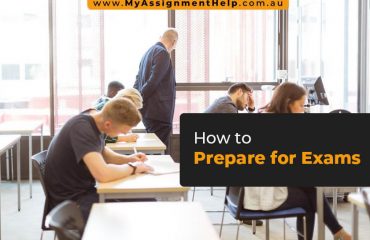
Online Help on EDES101 Critical Written Analysis
An analysis of a contemporary philosophical theory in Education
Students will submit a critical analysis of ONE (1) reading selected from the readings provided for Module 2 (Topics 4, 5 and 6)
This task asks you to explore and develop philosophical approaches to education.
- Brighouse, H. (2006). Educating for Self-Government. In On Education (pp. 13-20). Routledge.
- Nussbaum, M. (2009). Tagore, Dewey, and the Imminent Demise of Liberal Education. In H. Siegel (Ed), Oxford Handbook for Philosophy of Education (pp. 55-59). Oxford University Press.
- Schouten, G. (2018). Paternalism and Education. In K. Grille & J. Hanna (Eds.), The Routledge Handbook of the Philosophy of Paternalism (pp. 339-341). Routledge.
Students can find a copy of the readings in Leganto. Please access the “Additional Assessment Guidelines” and other resources in order to successfully complete the critical written analysis.
The goal of Assessment Task 2 is to demonstrate both a good level of familiarity with the reading itself and a thoughtfulness about the issue it addresses. The student will provide an exposition, or summary of the author’s main ideas in their own words (corresponding to sections (a) and (b) below), as well as a critical reflection on those ideas section (c) below).
Students are to write 1600 words. Students should cite and discuss (at least) one other scholarly source in their analysis and personal response to the article. A recommended list to select from can be found in Leganto (Please focus only on the module we have explored ).
The response should follow this structure:
- outline the issue being dealt with by the author in the reading as a whole, why it is important, and then state which section(s) of the reading the response will focus on (1-2 paragraphs);
Note: Part of the task is to select a section of the reading which exhibits some thematic unity. Try to locate a claim the author is arguing for (a ‘conclusion’) and select a passage, which provides an argument for that conclusion. How long the passage you select may vary, but it is best better to start by selecting a shorter passage; 1-2 pages of the article/chapter is a good length to aim for.
- identify the author’s conclusion, or main claim, and analyse their supporting argument(s) being made in the section of the reading chosen (4-6 paragraphs). To analyse an argument you must be able to identify the ‘reasons’ and evidence the author uses to support their conclusion, and to evaluate whether it is weak or strong. Here you will bring in a second reading to support your evaluation.
Note: A stronger paper will anticipate counter arguments to the author’s argument/s; an exemplary paper will offer a valid response to the anticipated counterarguments.
- offer a personal scholarly response to the section of the reading analysed, indicating whether (and to what extent) you agree with the author, and why/why not. (1-2 paragraphs).
Note: A stronger paper will exhibit critical thinking. If you disagree with the author, explain why by telling us where you think their arguments go wrong e.g., by identifying a premise in your argument that you think is false and explain why you think it is false. If you agree with the author, try to do more than simply state your agreement with the author’s conclusion and their argument—e.g., by providing additional support for their conclusion.
Some important notes:
- Ensure that you deal specifically with the reading itself, not the topic in general.
- Apart from the first paragraph (where you need to address the reading as a whole), you need to focus on a specified section/s of the reading to analyse in detail. Don’t try to cover it all.
- Refer to the “Additional Assessment Guidelines” document for more information on how to complete this task.
CRITERIA (see full grading rubric in LEO):
- demonstrates understanding of the issues addressed in the reading, and of the author’s position (‘main claim’ that the author argues for) on these issues (30%);
- quality of analysis of the author’s argument/s which support their main claim (set selected reading); appropriate use of second scholarly source in analysing the argument/s of the set selected reading (40%);
- Clarity of personal scholarly response to the issue the reading addresses and the author’s position. A scholarly response is not just a personal, unsubstantiated opinion (along the lines of simply stating I believe or feel that the author is wrong). You must provide reasons of your own in support of your perspective; you may draw on examples including from your lived experience in support of your perspective. (20%);
- Proficiency of written expression and structure. Quality of APA referencing and paraphrasing(10%).


